Seamlessly cutting through
January 11, 2019 4:53 pm
India’s metal cutting industry cater to the vast demand of the SMEs and the larger OEMs. Constant growth in implementation and productivity is an absolute necessity. Here, is an industry analysis on how automation and intelligence are then answers to all.
Industry 4.0 is a blessing for manufacturing industry to ramp up their shopfloor efficiencies and productivity to deliver high quality products. The connectivity which is established between machines and operators having knowledge of machine language have led to seamless operations for delivering the end product.
Industry 4.0 influencing an intelligent manufacturing industry
The advancements in software, hardware and control technologies are resulting in machines gaining intelligence. V. Anbu, Director General, IMTMA says, “Machines take care of predictive maintenance, prescriptive maintenance, storing of information for future usages, etc. This has led to transparency in the production process as real time data is available at the fingertips for the top management, middle management and the machine operators working on shopfloors without any blockages.”
With Industry 4.0 technologies, a lot of thinking features have been inbuilt into the machine minimising human interventions. Indian machine tool industry is moving towards embracing these technologies. IMTEX 2019 is having a special pavilion on Industry 4.0 where a lot of these technologies will be on display.
The manufacturing sector entered an era driven by cyber physical systems, the Internet of things (IoT) and cloud computing. In Industry 4.0, automation has advanced one step further to not only replace human workers on the assembly lines, but to also provide connectivity to a large amount of data, problem-solving capability and other highly optimised intelligent support.
Ajay Gurjar, Dy. COO & Head, Business Operations, Yaskawa India Pvt Ltd says, “Industrial robotic technology is a part of the driving force behind the evolution of automation and promotes the computerisation of manufacturing. With the integration of big data and remote monitoring, manufacturing process can be efficiently evaluated and improved for better work quality and cost savings.”
IoT-enabled manufacturing environments, human-to-human, human-to-machine, and machine-to-machine connections are realised for intelligent perception. Therefore, on-demand use and efficient sharing of resources can be enabled by the application of IoT technologies in manufacturing.
The IoT is considered to be a modern manufacturing concept under Industry 4.0 and has adopted recent advances, such as cutting-edge information technology (IT) infrastructure for data acquisition and sharing, which greatly influence the performance of a manufacturing system. Yaskawa Motoman Cockpit Industry 4.0 supports to set up the optimum utilisation of product.
Gurjar adds, “Cutting tools play a vital role for high precision metal-removal robots. Sharpness in the cutting edge is required for low cutting resistance. At the same time, too much sharpness can cause the cutting edge to chip easily. “
Paired with the right tooling, advanced robotic systems can offer manufacturers the ability to easily manage and optimise machining processes, reducing the need for expensive, large and specialised multi-axis CNC machines. Intelligent mass production is not far from the future. “Once technology further matures, robotic systems designed for metal-cutting applications will be able to better support physical workers in their increasingly complex work with flexible solutions, revolutionising the way of manufacturing where with the help of old database through industry 4.0 tool life & cutting speed estimation can be done, “says Gurjar.
Automate or enable industrial robots for metal cutting operations?
In metal cutting, task procedure of cutting is the key factor for empowering the robot. In the same manner, plasma, laser and waterjet are the best cutting procedures to empower mechanical robots; a good arrangement with better ROI. In pursuit to expand the structure of modern robots and programming, cutting devices utilised for metal-evacuation robots keeps on developing. Robots offer incredible freedom for cutting complex shapes. This will save valuable time in any ‘later stage’ assembly phase. A smart cutting robot is a true money-maker for your entire production flow.
Gurjar says, “Robot make exceptionally complex cuts with exactness, sparing any manual modification. The robot will make immaculate weld arrangements, making the get together and welding work significantly simpler. Better cutting means better fitting parts, making the robot cutting cell a true money maker.”
Emerging automation technologies you expect in 2019 Gurjar says, “Our true value is in three-dimensional digital data solutions, created by synthesising our knowledge of mechatronics. We maximise “i cube” to resolve problems affecting your manufacturing facilities and corporate goals, with solutions optimised for your specific requirements.”
Collaborative robots can work safely alongside humans and are often far cheaper than their industrial counterparts. As collaborative robots become more capable in tough industrial settings, they will see greater adoption by manufacturers with strict ROI requirements. He adds, “YASKAWA aims to create value with our customers as we envision a more prosperous future in which people and mechatronics coexist.”
In 2019 robotics and automation will continue to transform manufacturing in numerous ways, but there are few major trends in robotic automation that will play a key role in the near future
With the adoption of Industry 4.0, robots and automation will increasingly deploy smart sensors at the edge of production to collect data previously inaccessible to manufacturers. This trend is currently underway and will lead to new levels of productivity and efficiency. Also, as far as industrial cybersecurity is concerned, as robots become moreconnected to internal systems for data collection, the cybersecurity risk increases. Manufacturers will be forced to address vulnerabilities in their processes and invest heavily in cybersecurity to ensure safe, reliable production.
Robots will become a key source of information on the factory floor. The collection of data (BIG Data analysis), however, is just one piece of the puzzle. Manufacturers will have to implement systems to organise and analyse all of this information in order to act on it.
As robotic automation gains widespread adoption, the need for open automation architectures grows. Large industry players will work with industry organisations to produce standards and open documentation that make robotic integration easier while improving product compatibility.
“Virtual solutions will become an integral part of industrial robotics. One current growing application is the virtual representation of robotic systems for proof of concept and offline programming,” concludes Gurjar.
A smart cutting robot is a true money-maker for your entire production flow.
Gurjar, Dy. COO & Head, Business Operations
The advancements in software, hardware and control technologies are resulting in machines gaining intelligence.
V. Anbu, Director General, IMTMA
Cookie Consent
We use cookies to personalize your experience. By continuing to visit this website you agree to our Terms & Conditions, Privacy Policy and Cookie Policy.



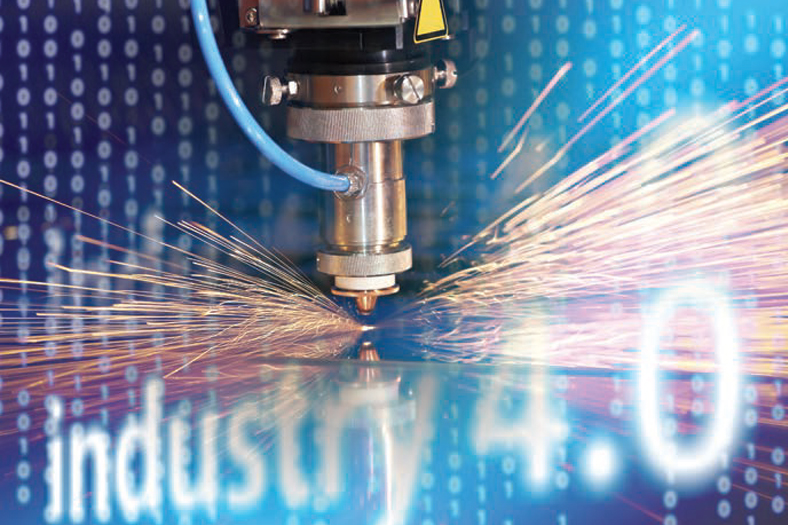

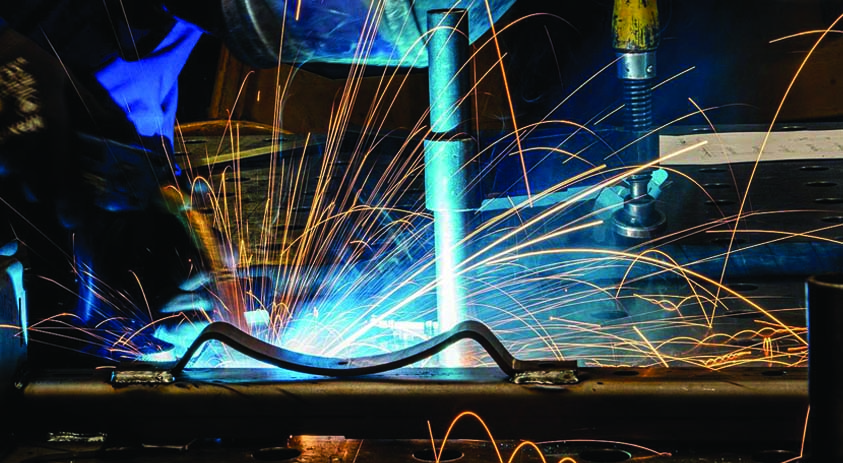




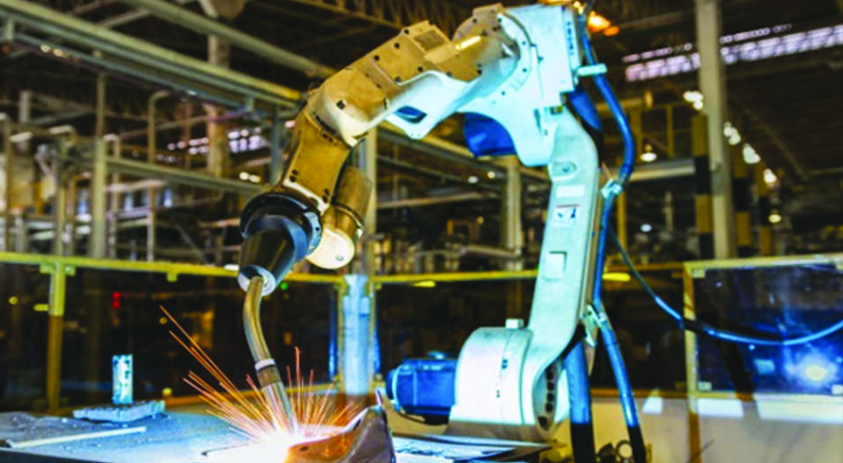
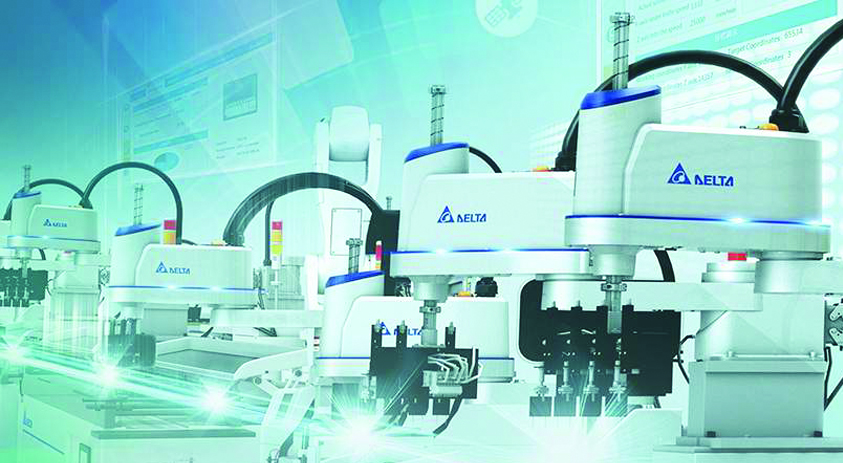
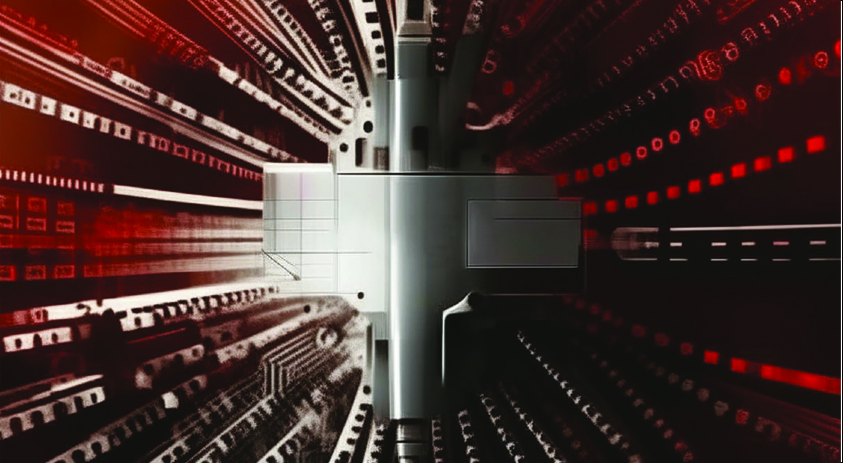


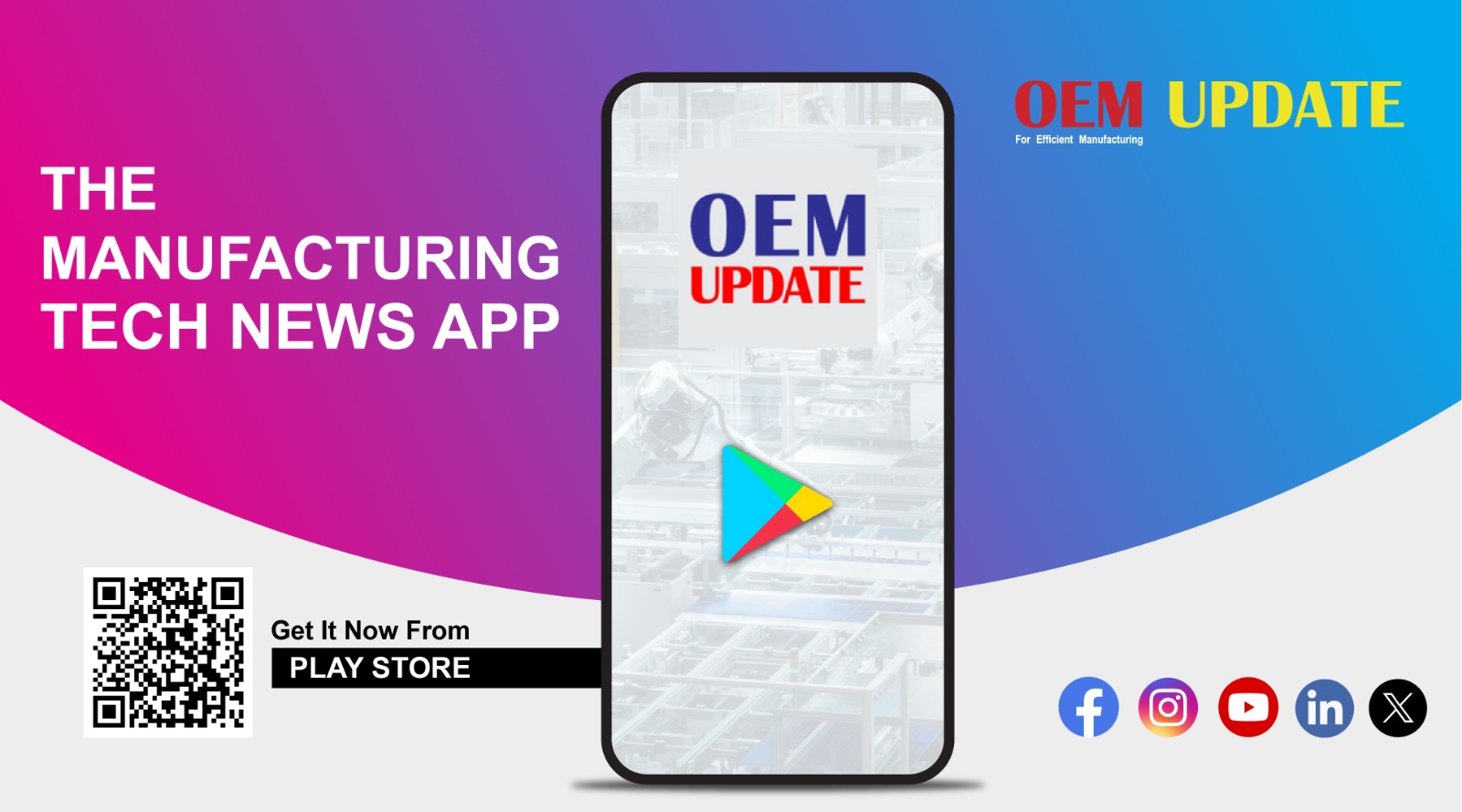
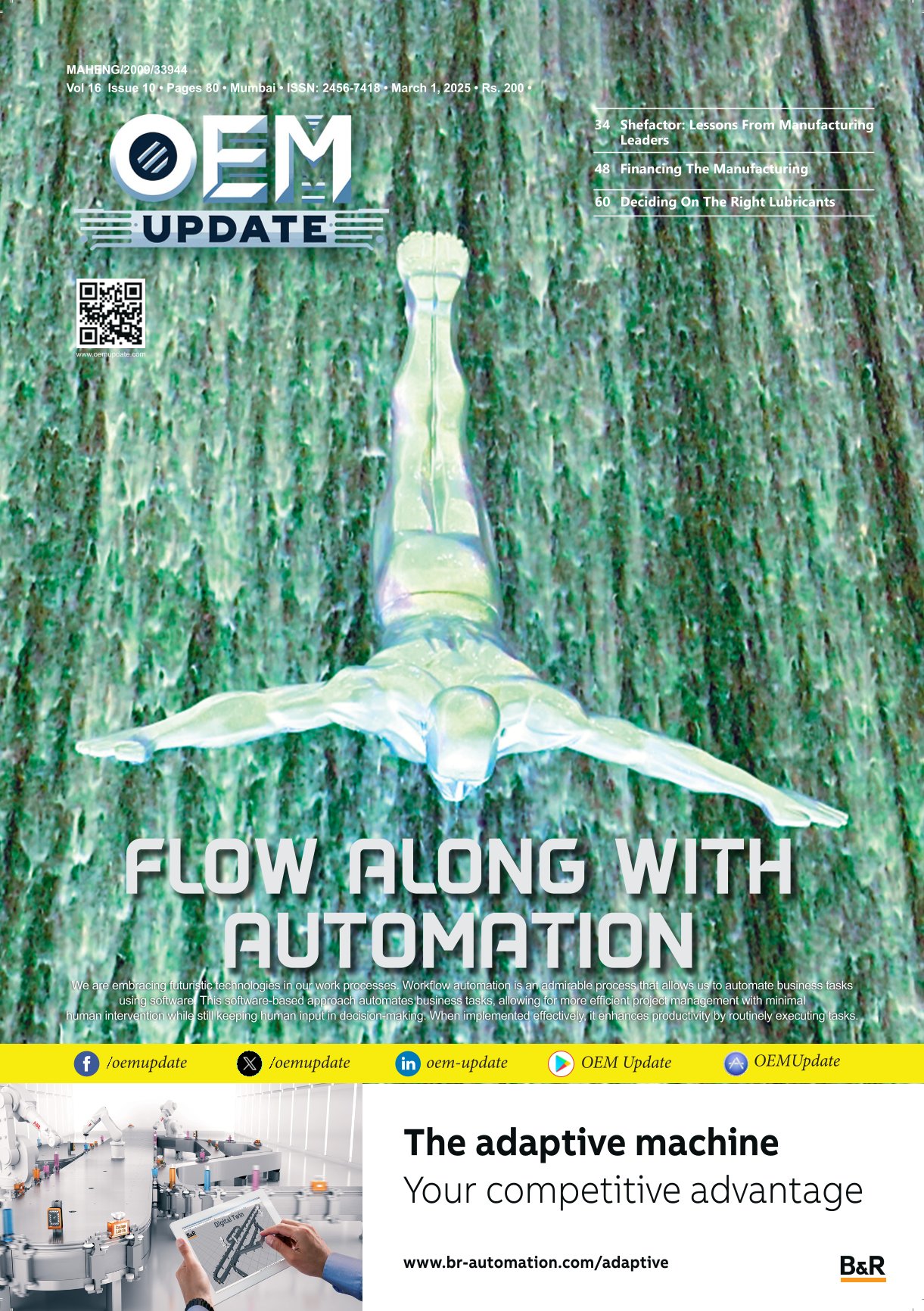
 English
English Hindi
Hindi